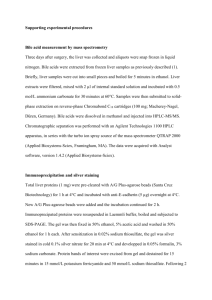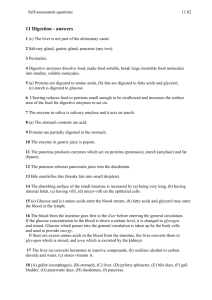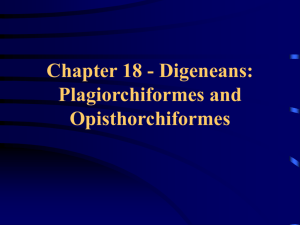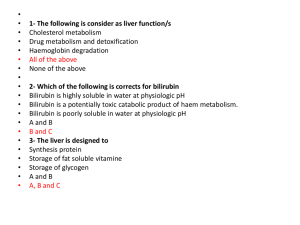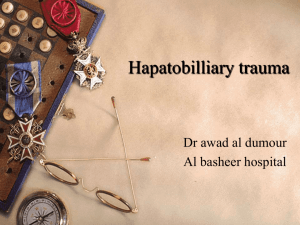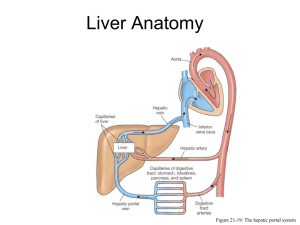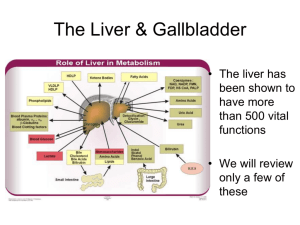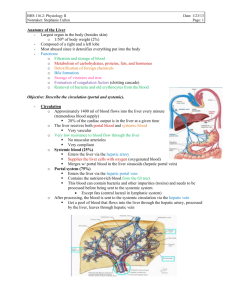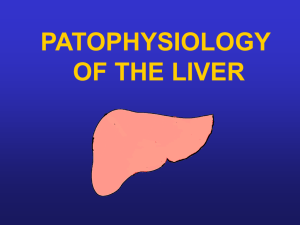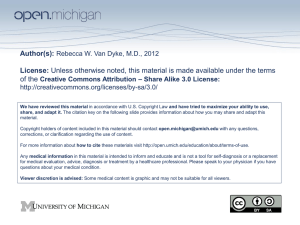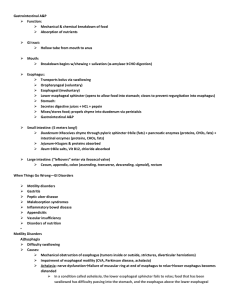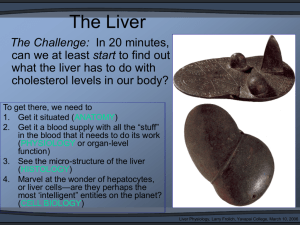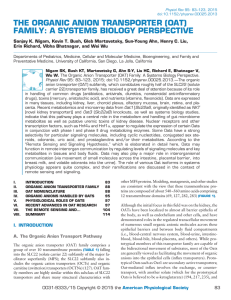and polygenic mouse models (SFB/TRR 57)
advertisement
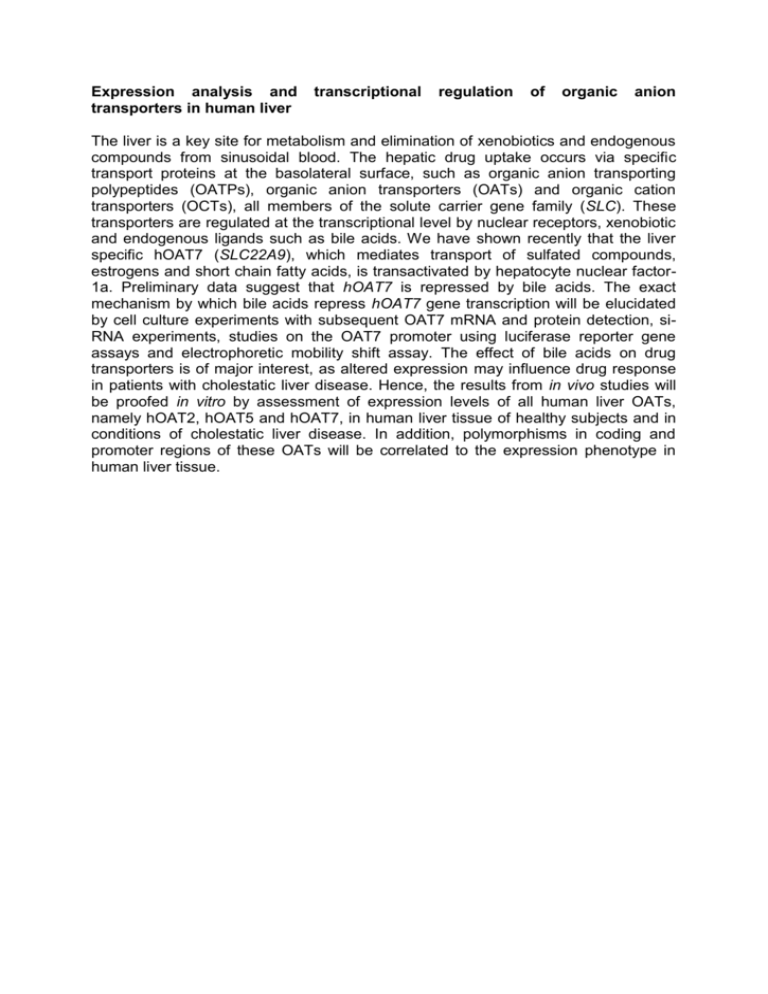
Expression analysis and transporters in human liver transcriptional regulation of organic anion The liver is a key site for metabolism and elimination of xenobiotics and endogenous compounds from sinusoidal blood. The hepatic drug uptake occurs via specific transport proteins at the basolateral surface, such as organic anion transporting polypeptides (OATPs), organic anion transporters (OATs) and organic cation transporters (OCTs), all members of the solute carrier gene family (SLC). These transporters are regulated at the transcriptional level by nuclear receptors, xenobiotic and endogenous ligands such as bile acids. We have shown recently that the liver specific hOAT7 (SLC22A9), which mediates transport of sulfated compounds, estrogens and short chain fatty acids, is transactivated by hepatocyte nuclear factor1a. Preliminary data suggest that hOAT7 is repressed by bile acids. The exact mechanism by which bile acids repress hOAT7 gene transcription will be elucidated by cell culture experiments with subsequent OAT7 mRNA and protein detection, siRNA experiments, studies on the OAT7 promoter using luciferase reporter gene assays and electrophoretic mobility shift assay. The effect of bile acids on drug transporters is of major interest, as altered expression may influence drug response in patients with cholestatic liver disease. Hence, the results from in vivo studies will be proofed in vitro by assessment of expression levels of all human liver OATs, namely hOAT2, hOAT5 and hOAT7, in human liver tissue of healthy subjects and in conditions of cholestatic liver disease. In addition, polymorphisms in coding and promoter regions of these OATs will be correlated to the expression phenotype in human liver tissue.

